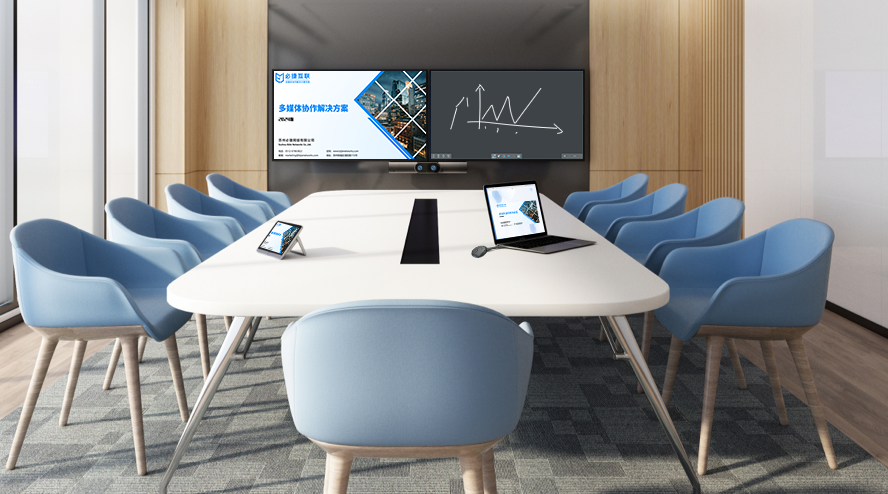A Must-Read for Developers: How to Efficiently Integrate a Wireless Screen Mirroring SDK and Quickly Implement Multi-Screen Interaction in Apps?
For development teams looking to add mobile screen mirroring and multi-screen interaction features to their apps, building from scratch is by no means a wise choice. Integrating a third-party wireless screen mirroring SDK is the most efficient and reliable path. Below are the key steps in the integration process.
Step 1: Clarify Requirements and Technical Selection
Before searching for an SDK, first clarify your:
- Target platforms: iOS, Android, or both.
- Core functions: Do you only need screen mirroring, or also media pushing and remote control?
- Protocol support: Do you need to cover all protocols (Miracast, WiDi, DLNA, AirPlay)?
- Enterprise-level needs: Do you require support for advanced features like group discussions?
Based on these requirements, screen out a few wireless screen mirroring SDK providers with strong technical capabilities, comprehensive documentation, and good after-sales service.
Step 2: Apply for a Trial and Conduct Evaluation
Most SDK vendors offer trial versions and development documents. It is recommended to:
- Download the official demo to intuitively test mirroring performance, latency, and stability.
- Read the API documentation carefully to check if the integration steps are detailed.
- Integrate the SDK into a test project to verify whether its functions match the vendor’s claims.
Step 3: Formal Integration and Development
Follow the documentation to:
- Import the SDK library files and configure necessary permissions.
- Initialize the SDK with provided credentials (e.g., AppKey) when the app starts.
- Call core APIs—usually in just a few steps: search for devices → connect to a device → start mirroring → control/end mirroring.
Step 4: In-Depth Customization and UI Adaptation
Excellent SDKs not only provide functions but also allow UI customization. Developers can:
- Customize interface elements (e.g., device lists, control bars) according to their app’s UI style.
- Ensure the multi-screen interaction feature blends seamlessly with the app.
Integrating a mature wireless screen mirroring SDK typically requires only 1-2 developers and a few days of work to implement stable, reliable mobile screen mirroring—offering exceptional cost-effectiveness. Leave specialized tasks to professional SDKs, so your team can focus more on developing your core business.
